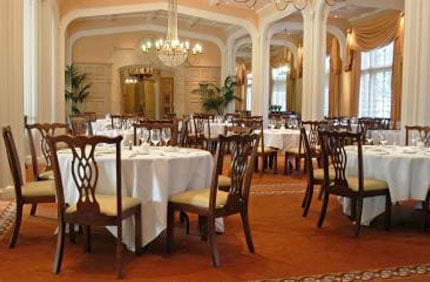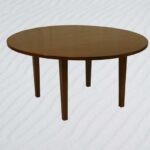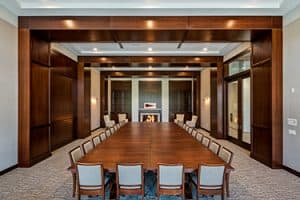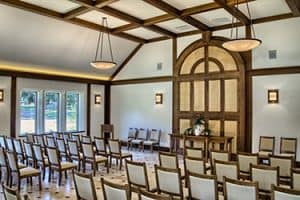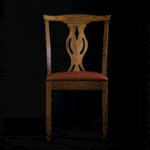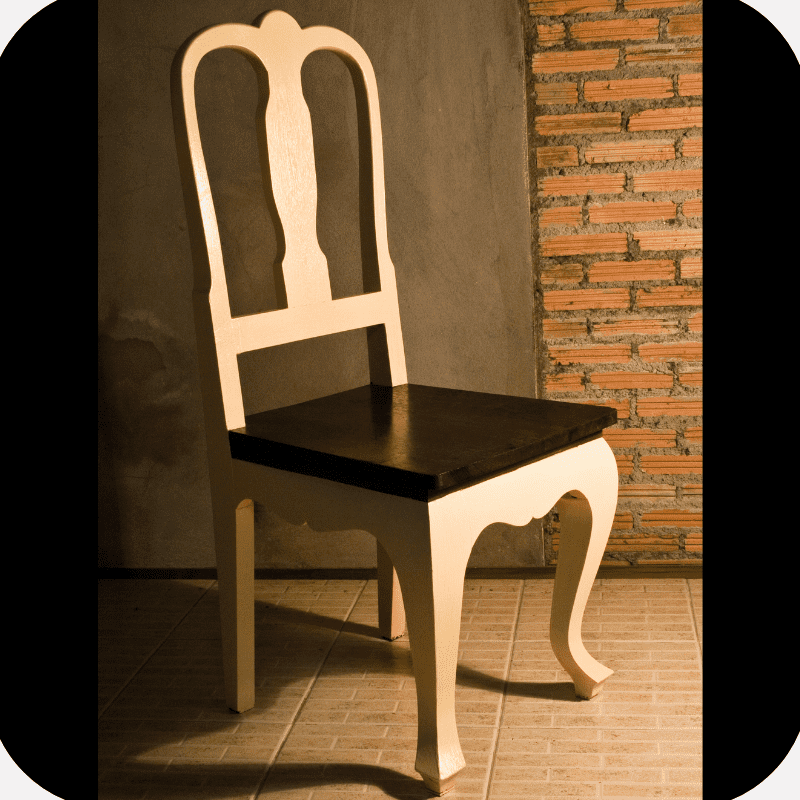Good furniture is built to last. A table that wobbles under the weight of a dinner plate is an indication that that particular piece was not built intentionally. While tables may be easier to make stable with their relatively simple architecture, what makes a chair stable?
What Makes a Chair Stable?
A chair’s stability is a product of its architecture. A stable chair has a good build and stable joints that can stand the test of time. A good carpenter, especially when working with wood chairs, understands the requirements of his materials. Wood tends to adjust over time, shrinking or expanding depending on its environment. This phenomenon is called wood movement. Factors like the type of wood, grain orientation, whether or not wood has been allowed to properly dry, and finish all affect how a wood may move throughout its lifetime. A good woodworker will factor in as many of these as she can while creating a piece of wood furniture.
Another key aspect of stability is joint construction. Wobbly legs that threaten to come out from under you are just this: poor joint construction. While this can overlap with the principles of wood movement, joints are challenging to make and sometimes are not created properly. A high-quality chair will be made with thoughtful joint designs so that chairs can live a long, stable life.
Finally, and perhaps most obviously, the material of the chair contributes to what makes it stable. A chair made of more bendable wood is likely to feel less table than a hardwood chair. Hardwood can be expensive, so finding cheaper replacements can be tempting for big retailers. Small woodworkers often take pride in their creations, and materials are a fundamental component of that.
Chair stability can affect the lifetime of a chair and how enjoyable it is to use. Consider these facts when you go to make your next furniture purchase.













